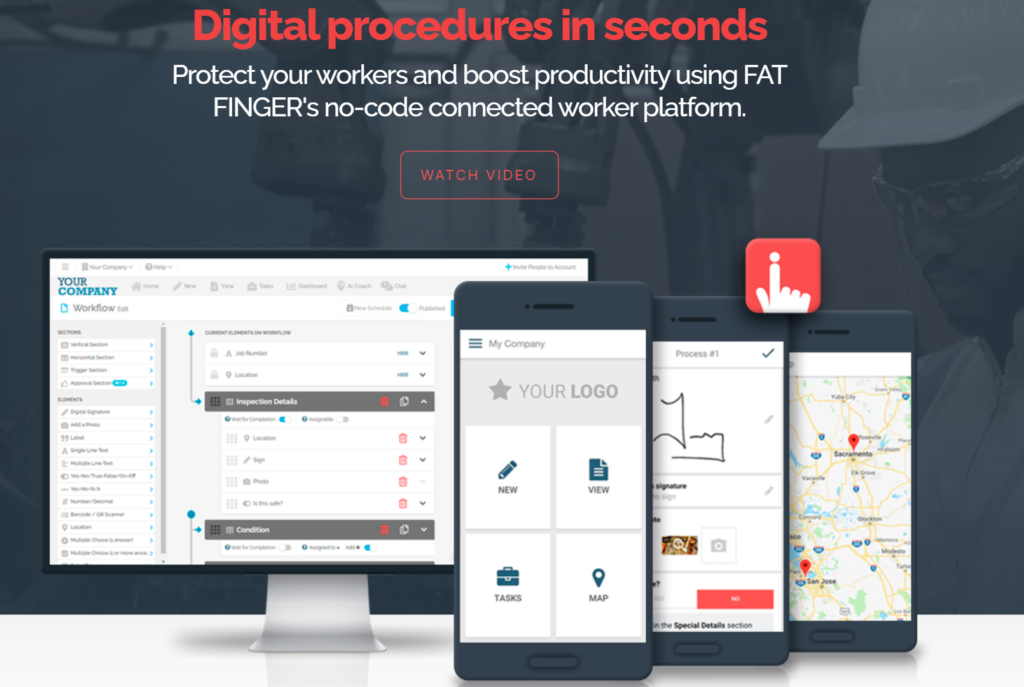Incident reports are a crucial part of any organization’s safety and risk management strategy. They provide a detailed account of incidents, helping organizations identify trends, implement corrective actions, and prevent future occurrences. But where do these reports go once they’re filed? How are they processed, and who has access to them? In this article, we’ll explore the journey of an incident report, using FAT FINGER’s digital Incident Reporting system as an example.
With FAT FINGER, you can build digital workflow procedures to improve safety in your facility. This system allows users to file incident reports electronically, track who has accessed the report and when, and store them in a secure location. Schedule a demo to see how FAT FINGER can streamline your incident reporting process.
Creation and Submission of the Incident Report
The journey of an incident report begins with its creation. This typically happens immediately after an incident occurs. With FAT FINGER, anyone, anywhere, at any time can file an incident report. The system’s user-friendly interface, which includes a Drag & Drop Workflow Builder, makes it easy to provide all necessary details about the incident.
Review and Investigation
Once the report is submitted, it goes to a designated person or team for review. This could be a safety officer, a supervisor, or a dedicated incident response team. They will investigate the incident, using the report as a starting point. FAT FINGER’s Mobile & Desktop Workflows make it easy for this team to access the report, no matter where they are.

Corrective Action and Follow-Up
Based on the findings of the investigation, the review team will determine what corrective actions need to be taken to prevent similar incidents in the future. FAT FINGER’s Dashboards feature allows for easy tracking of these actions, ensuring that they are implemented effectively.
Storage and Access
After the incident has been resolved, the report is stored in a secure location. With FAT FINGER, this is done electronically, ensuring that the report is safe from physical damage or loss. The system also tracks who has accessed the report and when, which can be helpful for compliance purposes.
Analysis and Trend Identification
Over time, the data from incident reports can be analyzed to identify trends and areas of risk. FAT FINGER’s Integrations feature allows for easy data analysis, helping organizations improve their safety procedures and prevent future incidents.
Conclusion
Incident reports play a crucial role in maintaining safety and preventing accidents in the workplace. With a digital incident reporting system like FAT FINGER, the journey of an incident report becomes streamlined and efficient, from creation and submission to review, investigation, corrective action, and storage. Furthermore, the ability to analyze data from these reports can provide valuable insights into trends and areas of risk, helping organizations continually improve their safety procedures.
Ready to streamline your incident reporting process? Build your incident report workflow for free with FAT FINGER or schedule a demo today.
Discover the journey of an incident report and understand where your reports go. Enhance your incident management process and ensure every report is handled efficiently.


